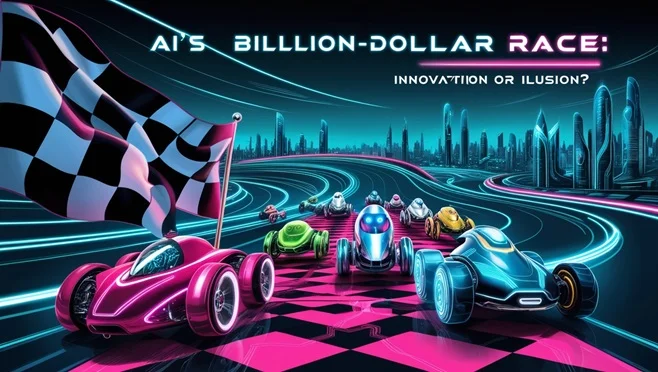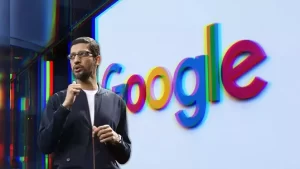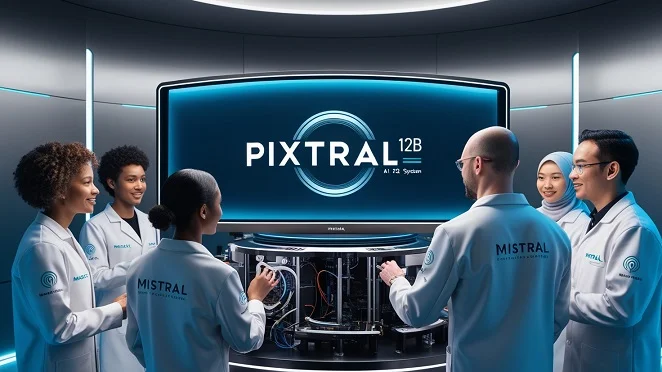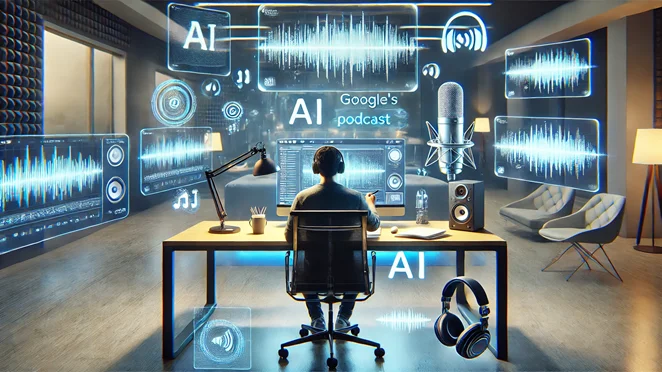
Despite billions pouring into AI, the slow rollout of practical applications casts doubt on its immediate rewards. As investors eagerly await returns, the question remains: Is AI’s billion-dollar bet a groundbreaking future or just an empty promise?
On August 28, Nvidia reported $30 billion (€27.03 billion) in sales for the last quarter, exceeding expectations but showing slower growth. Despite profits more than doubling from last year, shares fell about 5% in after-hours trading, as investors worry that the AI hype might be slowing.
In an investor note, Todd Soh, an ETF strategist at Strategas Securities says:
“Such a massive amount of money has gone to tech and semiconductors in the last 12 months that the trade is completely skewed”.
A huge amount of money is being invested in AI. Goldman Sachs projects $158 billion in AI investments this year, with half in the U.S. In a June report, “GEN AI: Too Much Spend, Too Little Benefit?”, it noted that tech giants and others are set to invest over $1 trillion in AI capex in the coming years.
Tech giants like Google and Meta are heavily invested in AI, with Google CEO Sundar Pichai stressing the dangers of underinvesting by saying: “the risk of underinvesting in AI infrastructure is dramatically greater than the risk of overinvesting”.
Meta plans to spend up to $40 billion on AI this year, while Nvidia reported $30 billion in sales last quarter, though growth has slowed. Despite the hype, concerns remain about AI’s long-term profitability.
Goldman Sachs predicts $158 billion in AI investments this year, but experts like Gartner caution that up to 30% of AI projects could fail by 2025 due to high costs and unclear returns.
The development of breakthrough technologies like generative AI is often described by Gartner’s hype cycle, which includes initial excitement, a phase of disillusionment, and eventual stabilization. The release of ChatGPT in 2022 triggered hype, but AI has yet to reach its productivity plateau.
In early September, Nvidia saw its market value drop by $280 billion, sparking concerns of an AI bubble. Standard & Poor’s expects AI monetization to take longer than anticipated, with Microsoft benefiting significantly from AI investments, as seen with a 60% increase in Microsoft 365 Copilot users.
Goldman Sachs analysts caution that without transformative applications beyond chatbots and coding tools, AI investments might be overstated. MIT’s Daron Acemoglu is even more skeptical, predicting that AI will impact less than 5% of tasks and contribute only 0.9% to U.S. GDP growth in the next decade.
AI’s future looks both exciting and uncertain. With innovations, challenges are bound to arise. Although it may take longer than expected to see big profits, AI is here to stay. Its long-term impact on industries and economies will be huge, especially once the right practical uses are developed.















